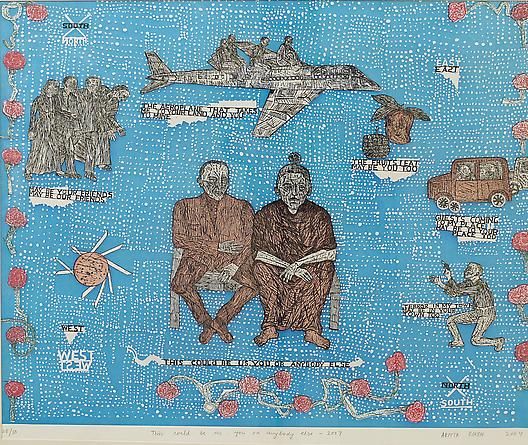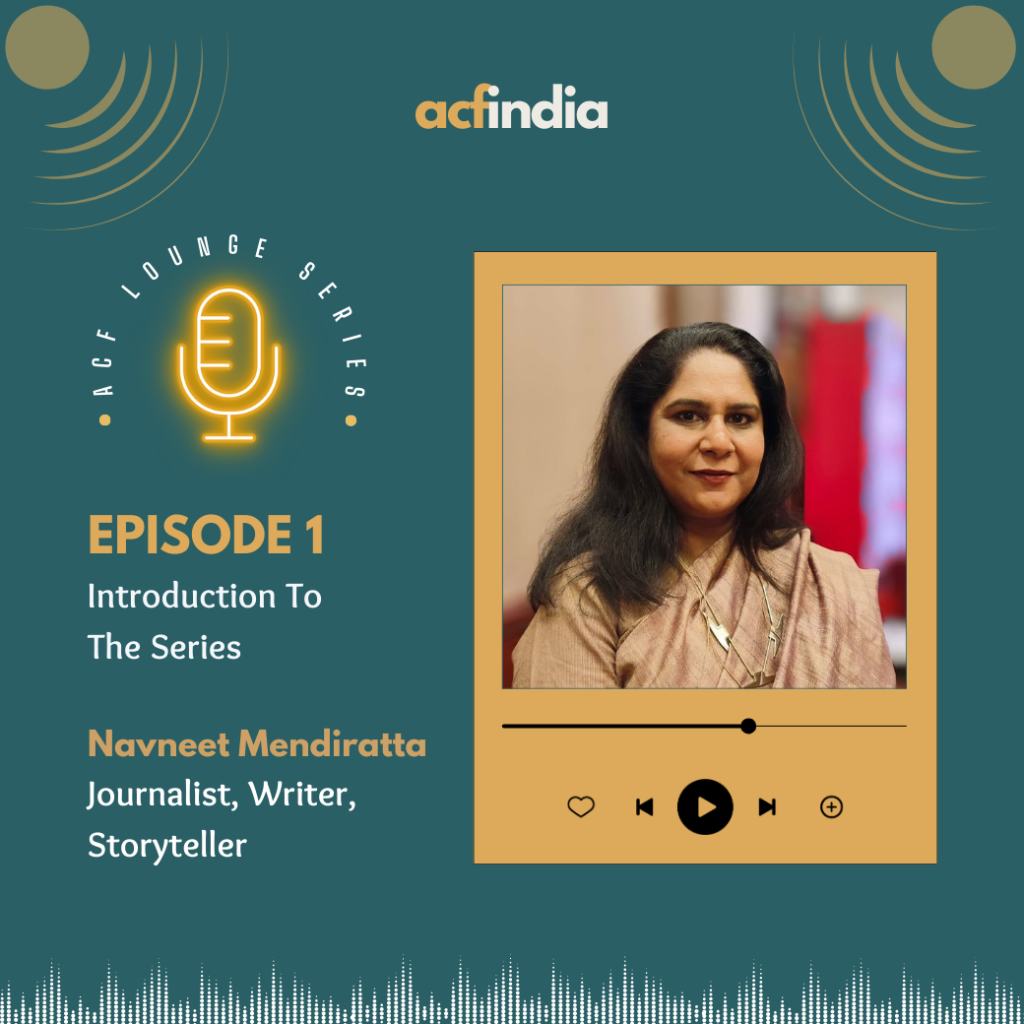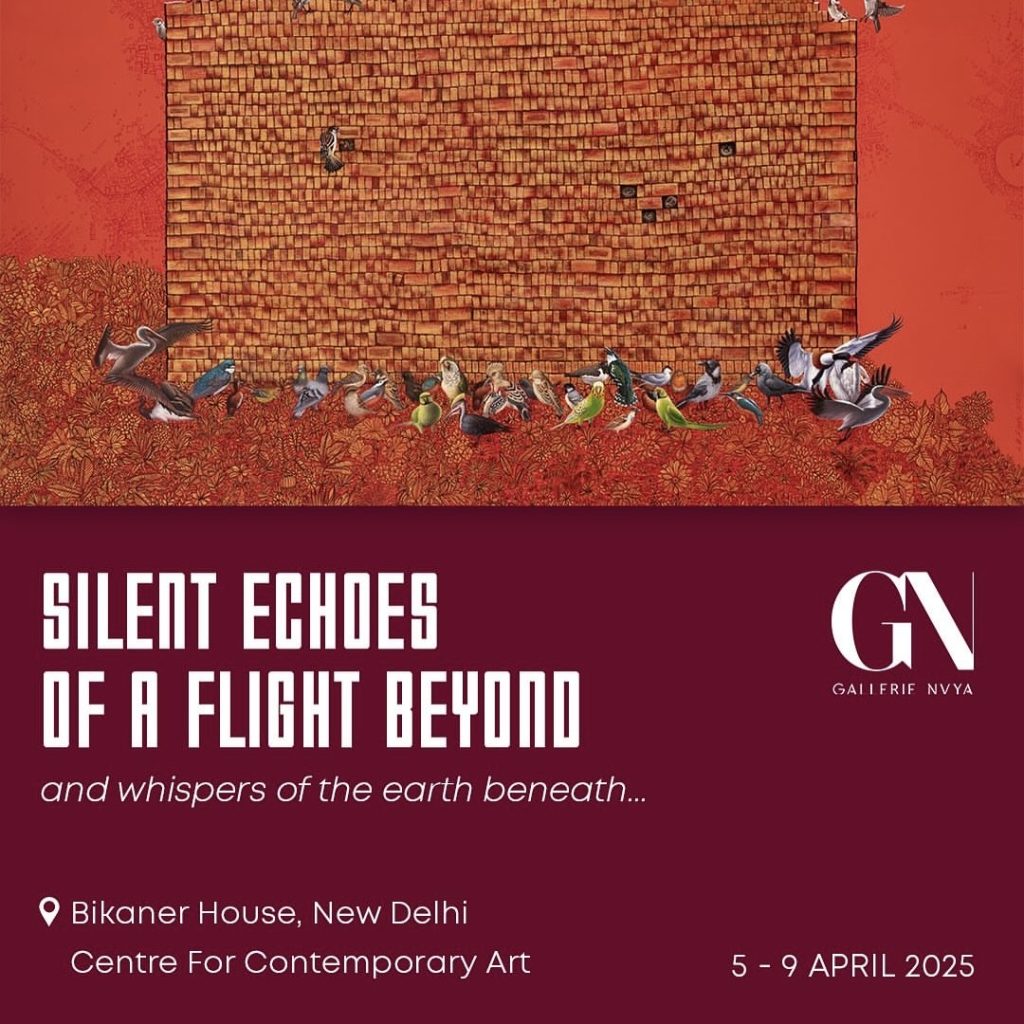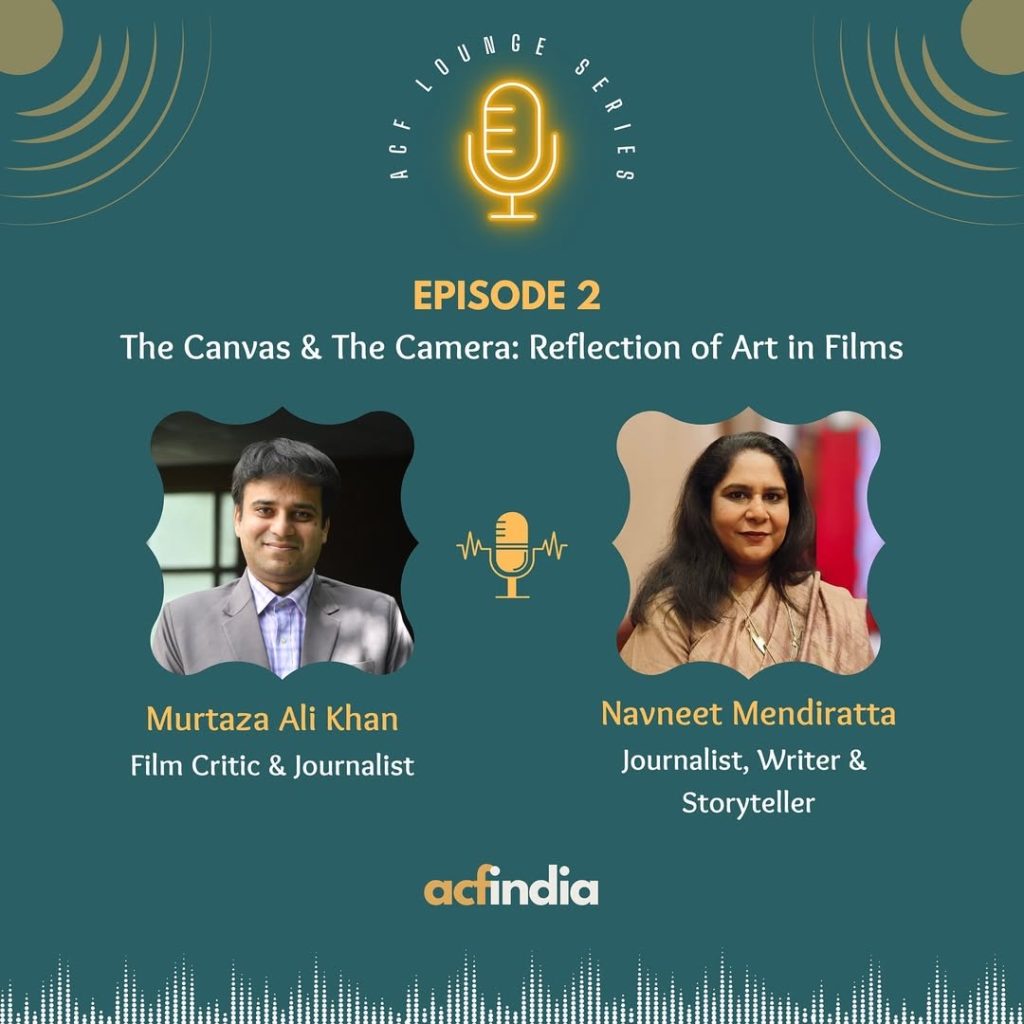By Bhavya Balamurali
“All works of Art whether it is a book, a song or a painting, are mirrors. In a way, the artist shows you the mirror and you see yourself in it” – Arpita Singh
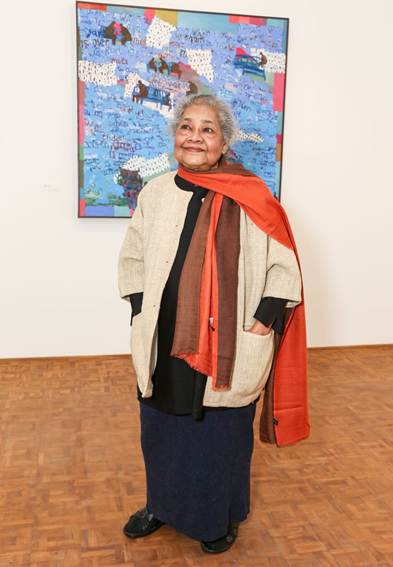
Image Credit: Arpita Singh via Pinterest
Art Culture Festival India is proud to present and honour Arpita Singh, the formidable doyenne of Indian art, who, at 88, continues to inspire, challenge and shape the visual culture of our time.
Born in 1937 in Baranagar, India, Arpita Singh stands as a pioneering figure in Indian art, particularly as one of the first women to assert the domestic and the personal as a valid subject in modern painting.
Her art, rich with Bengali folk influences, Indian court paintings, surrealism and figurations is an intoxicating blend, where the ordinary becomes mythical and the past converses with the present. From intimate watercolours and ink drawings to monumental oil paintings, Singh’s works are intricate tapestries of memory and imagination, her canvases incorporating disjointed human figures, cryptic words, letters, numbers and everyday paraphernalia, carry with them fragments of personal stories of dislocation, discovery and public anxieties.
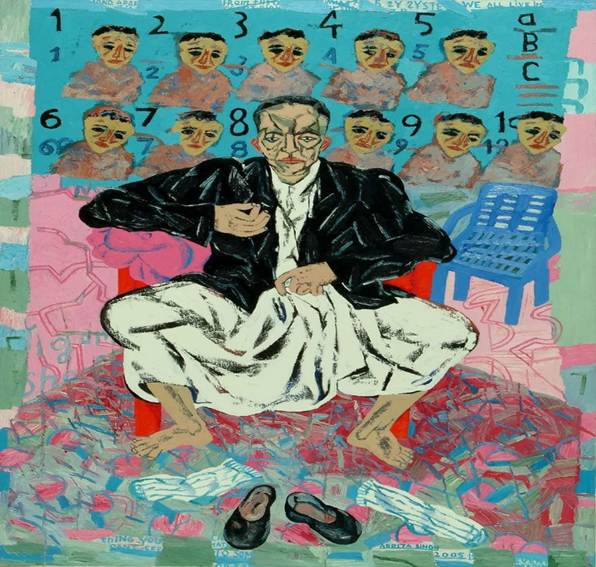
Image Credit: ‘Man with a Black Jacket’ by Arpita Singh / MAP
This year the world of art pays tribute to her extraordinary journey with ‘Remembering’, a landmark solo exhibition at Serpentine North Gallery in London. Curated by Tamsin Hong and Liz Stumpf, the exhibition traces her vast oeuvre, from her early 1960’s work to more recent ones.
Reflecting on events like the Sikh riots of 1948, the Best Bakery case, moments of personal crisis and many more, she embeds social realities through fragmented narratives and allegorical figures. Her canvases are filled with dreamlike, labyrinth cityscape and fragmented human forms both fragile and resilient, masterfully weaving everyday objects – chairs, clocks, rugs, flowers, transforming personal memories into collective metaphors, making the invisible visible.
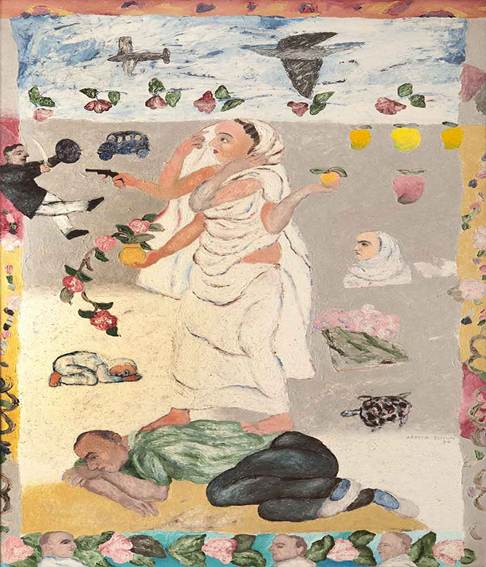
Image Credit: ‘Devi Pistol Wali” by Arpita Singh / via Pinterest
Arpita Singh’s fearless creative choices challenge societal norms. She famously depicted Durga Maa wielding a gun instead of a trident on a 1990’s magazine cover, a symbolic gesture reflecting her commentary on violence and contemporary India. Her political references through visual puzzles defy singular interpretation. Her interest in grotesque anatomy – a recurring motif in her work, with elements like ribs, vertebrae and exposed organs merging with cityscapes and anonymous figures, forming compelling narratives of vulnerability, strength and survival, drawing from her personal experience with illness and recovery – further setting her apart in the Indian art scene.
Singh’s creative experiments attest to her versatility. From drawing and graphic media, working with vegetable dyes, lithography and pastel, she demonstrates an insatiable curiosity from material to technique. Her work, even as it draws inspiration from personal memories, remains insular. Drawing inspiration from hoardings, newspapers, film stills and folk tradition and integrating them into her own visual language, she chronicles her own story but at the same time became a voice for the countless women and communities navigating India’s complex socio-political landscape.


